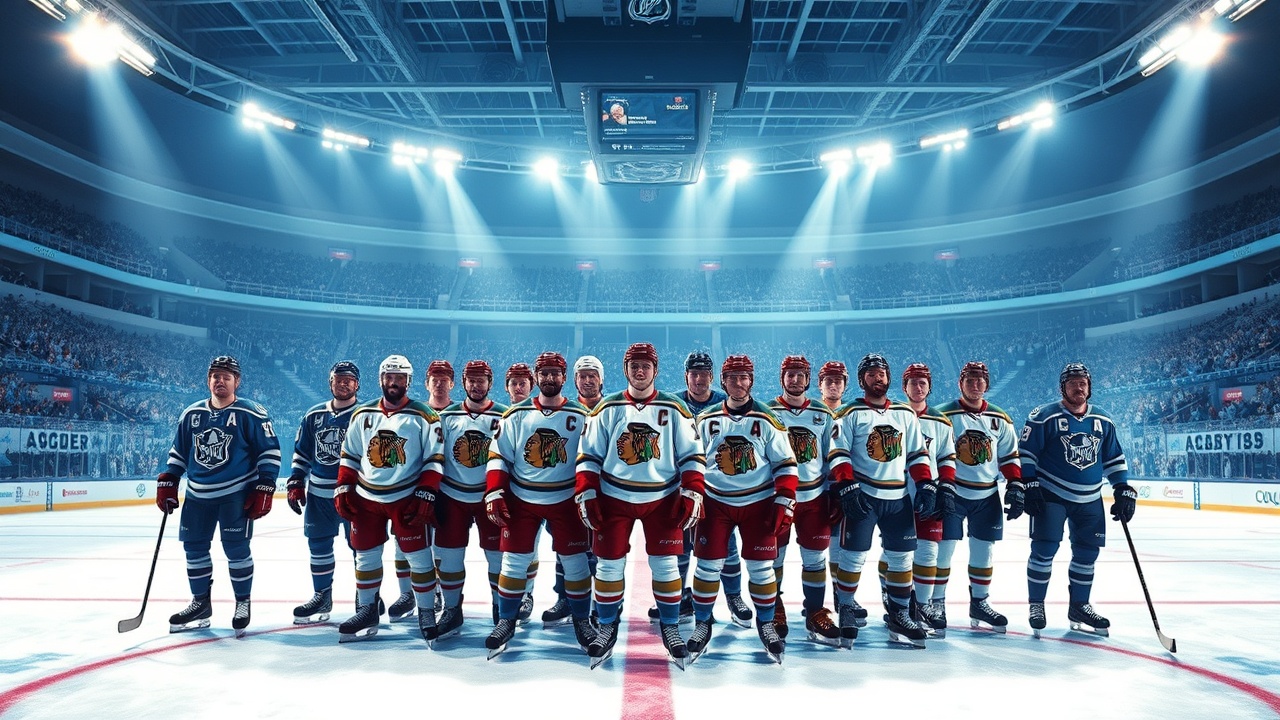NHL Free Agency and Player Valuation
As the NHL free agency period draws near, one of the pressing concerns for teams is evaluating player value. Determining the worth of players can be challenging but is crucial, especially in an evolving market shaped by salary cap increases. This evaluation could have potentially spared teams from overcommitting to top centers like Steven Stamkos, Elias Lindholm, and Chandler Stephenson last year. With the salary cap set to climb significantly, understanding the new market dynamics will help teams make informed decisions as they seek to acquire talent, even if it requires some financial risk.
Top Centers on the Market
Chris Johnston recently highlighted the top 50 free agents available, and here, we’ll delve into the leading centers on the market, projecting their future contributions and contract possibilities based on their projected Net Ratings and how they might age with the expected rise in salary cap.
John Tavares
Among the notable names, John Tavares stands out. An analysis of his potential next contract suggests that a deal near the 2025 equivalent of Joe Pavelski’s salary—approximately $8.2 million annually over three years—would be a reasonable expectation for Tavares. His high hockey intellect indicates he could maintain productivity well into the future. If he remains with the Toronto Maple Leafs, a discounted rate below the expected market benchmark would be a substantial win for the team.
Sam Bennett
Conversely, Sam Bennett has created considerable buzz following an impressive playoff run, netting 14 goals in 21 games. His postseason prowess has undoubtedly positioned him for a lucrative contract; however, questions linger regarding the sustainability of his regular-season performance, where he typically registers around 50 points. Analysts suggest that while he deserves a raise, the cap should be set around $8 million, with a contract starting in the $7 million range being more advisable to mitigate risk.
Matt Duchene
Matt Duchene’s narrative is intriguing as well. After being unexpectedly bought out in 2023, he showcased offensive prowess with the Dallas Stars, tallying 25 goals and 65 points in one season, then hitting 30 goals the next. His ability to control the puck and create offensive plays facilitated the Stars’ dynamic second line. However, Duchene’s underwhelming playoff performances, where he recorded six points across multiple postseason runs, raise concerns about his impact during critical games, contrasting sharply with players like Bennett. Nonetheless, if teams are willing to overlook these shortcomings, a three-year deal around $6.5 million seems fair, but the risk of a price surge in a shallow market is palpable.
Pius Suter and Other Candidates
Pius Suter, a diamond found in the bargain bin two years ago, is now anticipated to command a higher price due to his rise as a reliable middle-six center for the Vancouver Canucks. His versatility allows him to adapt to various roles, including potential shutdown duties. With a likely new price tag upwards of $5 million, Suter’s strong defensive capabilities may justify the investment, although teams must ensure he fits comfortably within their system without overwhelming him.
Trent Frederic has also shown adaptability in his career trajectory. After showing flashes of promise, his recent dip in form raises eyebrows regarding his projected $3.4 million valuation. His 2024-25 season lacked offensive spark, suggesting that a cautious approach to re-signing him at $3 million could be prudent, especially as he can still provide depth during playoff scenarios.
Players like Christian Dvorak or Nick Bjugstad, both of whom exemplify traits of less expensive yet reliable depth, remain intriguing targets. Dvorak’s defensive improvements indicate he could serve effectively as a budget-friendly option, while Bjugstad’s size makes him a formidable presence on the ice, albeit possibly at a higher cost than desired.
Jonathan Toews
Lastly, a mention of Jonathan Toews is vital, even amid uncertainty surrounding his current playing condition. Having not played since the 2022-23 season, his age and recent performance raise doubts about his ability to contribute significantly. However, he could still find value as a seasoned veteran in a depth role for teams craving experience, though a price point around $1.4 million seems more aligned with a fourth-line contributor.
Conclusion
In summary, NHL teams are gearing up for what promises to be an intriguing free agency as they navigate player valuations and market shifts. Understanding these dynamics will be key to forming competitive rosters that align with budgetary constraints, ensuring that investments lead to fruitful returns on the ice.




